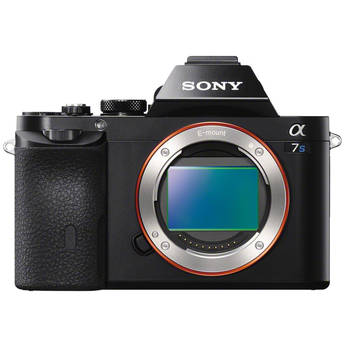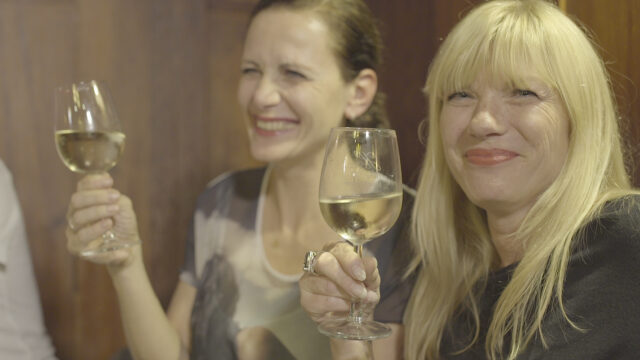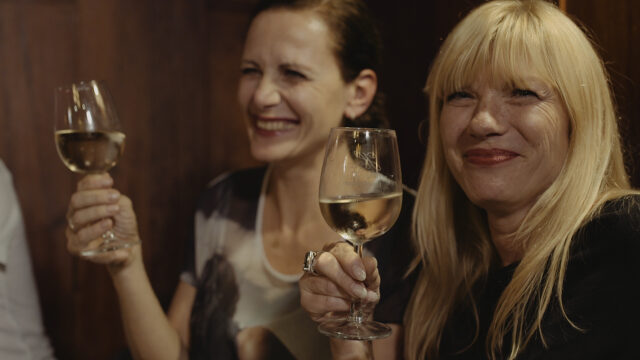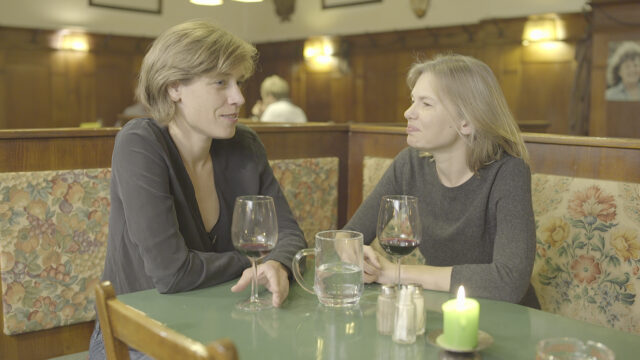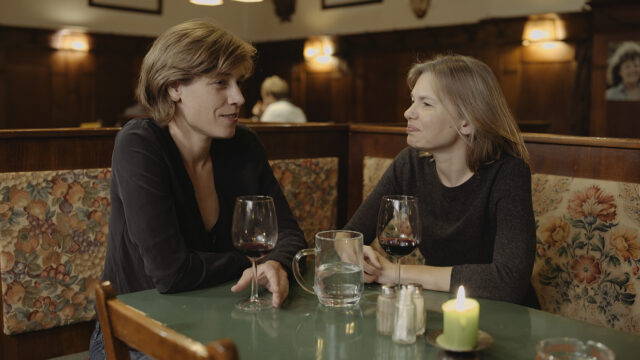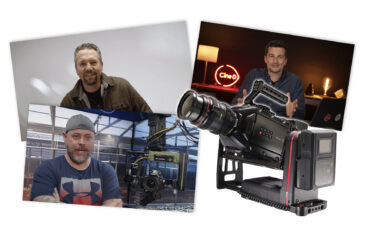Working with the Sony A7s for Broadcast – Part I
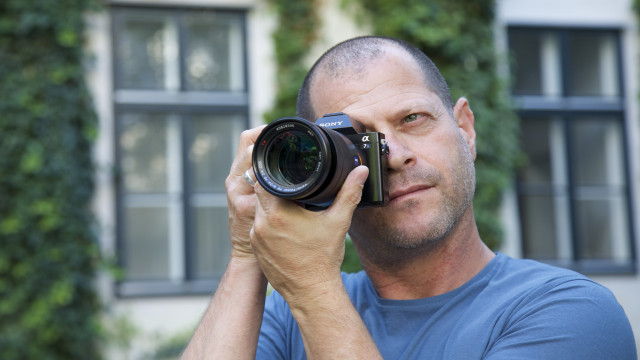 I would actually like to start my A7s article with writing about the Canon 1DC…Since it came out during March 2013, the Canon 1DC was my primary working tool be it for broadcast (when ever I could choose the equipment to work with), documentary, corporate, or any other narrative project. The combination of a clean full HD full frame video or 1.3 crop 4K internal recording plus what I consider to be “irresistible colour and general warmth” gave me the maximum flexibility to be creative and cater my customers with what needed best for the project. On the downside, the hefty price tag prevented it from becoming a popular camera and further more, it always felt to me like Canon was treating this camera like the “stepchild” of the “C” family, meaning, no real meaningful updates that could enhance and simplify shooting experience like “punch-in zoom” while recording, peaking, or good internal audio quality to name a few. Those shortcoming forced me to always work with an external monitor or EVF, external audio recorder, plus a rig when needed.
I would actually like to start my A7s article with writing about the Canon 1DC…Since it came out during March 2013, the Canon 1DC was my primary working tool be it for broadcast (when ever I could choose the equipment to work with), documentary, corporate, or any other narrative project. The combination of a clean full HD full frame video or 1.3 crop 4K internal recording plus what I consider to be “irresistible colour and general warmth” gave me the maximum flexibility to be creative and cater my customers with what needed best for the project. On the downside, the hefty price tag prevented it from becoming a popular camera and further more, it always felt to me like Canon was treating this camera like the “stepchild” of the “C” family, meaning, no real meaningful updates that could enhance and simplify shooting experience like “punch-in zoom” while recording, peaking, or good internal audio quality to name a few. Those shortcoming forced me to always work with an external monitor or EVF, external audio recorder, plus a rig when needed.
Then came the Sony A7s. After purchasing that camera the first feeling I had was “liberation”…Now I could choose if I want to work with a rig or perhaps an external monitor/EVF, or “stay compact” and not defeat the purpose of its small size by using the build in excellent OLED EVF as my run&gun monitor. The key word was/is flexibility. Depending on the shooting scenario, I can now quickly adopt the camera to be “small” or “big”. Further more, Sony (unlike Canon) cleverly designed the camera to be part of a total solution for the documentary shooter. With the attached hot-shoe audio module XLR-K2M (or XLR-K1M if desired) or alternatively using Sony’s URXP03 (wireless solution) together with the SAMD-p3 adapter, one can now have high quality and up to 2 channel XLR audio solution connected directly to the camera. Additionally, Sony’s 28-135mm f4 stabilised ENG type motorised lens due to be release soon and will create a total working solution opposed to Canon ‘s “camera only” situation.
Now regarding the above video. Together with Bethany Bell my BBC corespondent, we wanted to capture one of Vienna’s traditional art, the “Dudeln” (Vienna’s own indoor yodelling). Since I was visiting similar local places like this before, I knew that lighting will be challenging especially when I was required to minimise my disturbance to the restaurant guests and staff. For the task I opted for 3 800W redheads. Those allowed me to increase the restaurant’s light levels by pointing them indirectly to the white walls. Additionally, I could lit the dudler singer Agnes Palmisano from few meters away, again without disturbing her singing and her fellow guitar and accordion players. Next was sound. As I was alone without a soundman with Bethany in this assignment, it was rather challenging. Balancing alone and at times 2 audio channels (one of them with music) is not that easy….
For the opening sequence I’ve asked Agnes the singer to be aware of my queue signalling when Bethany is starting to talk and help me by lowering her voice to the point that Bethany’s voice is clear, then on my second queue, raise her voice again and continue singing.
After 2-3 tries we were perfectly synced and able to execute a nice engaging opening scene. In order NOT to waste too much time and also keep simplicity, I’ve decided that the musicians won’t have their own microphone but rather be heard from Agnes’s one. A bit risky but here it worked perfectly!.
My lens selection for that evening was all from Samyang. (14, 24, 35, 85mm). Those are modestly priced and perfect for lowlight situations work.
When editing, I dropped the S-log 2 footage into Premiere CC 2014 (allows native XAVC-S editing) and after I was done, I’ve added 1 adjustment layer with “filmConvert” on it and chose the look I wanted. (Profile: Cine 1-Cinema, KD 5207 Vis3). On a second adjustment layer I’ve added 20% sharpness for enhancing the general look.
Below you will find few “before” and “after” S-log shots:
All in all, I had a very positive experience working with the A7s for broadcast. My next full length documentary feature is schedule for spring. I won’t hesitate using the camera again.
The original BBC link to Bethany’s report can be found here.
Many thanks to Bethany Bell and Agnes Palmisano
Johnnie Behiri is a freelance documentary cameraman/editor/producer working mostly for the BBC and other respected broadcasters. He is also co-owner of cinema5d.com
